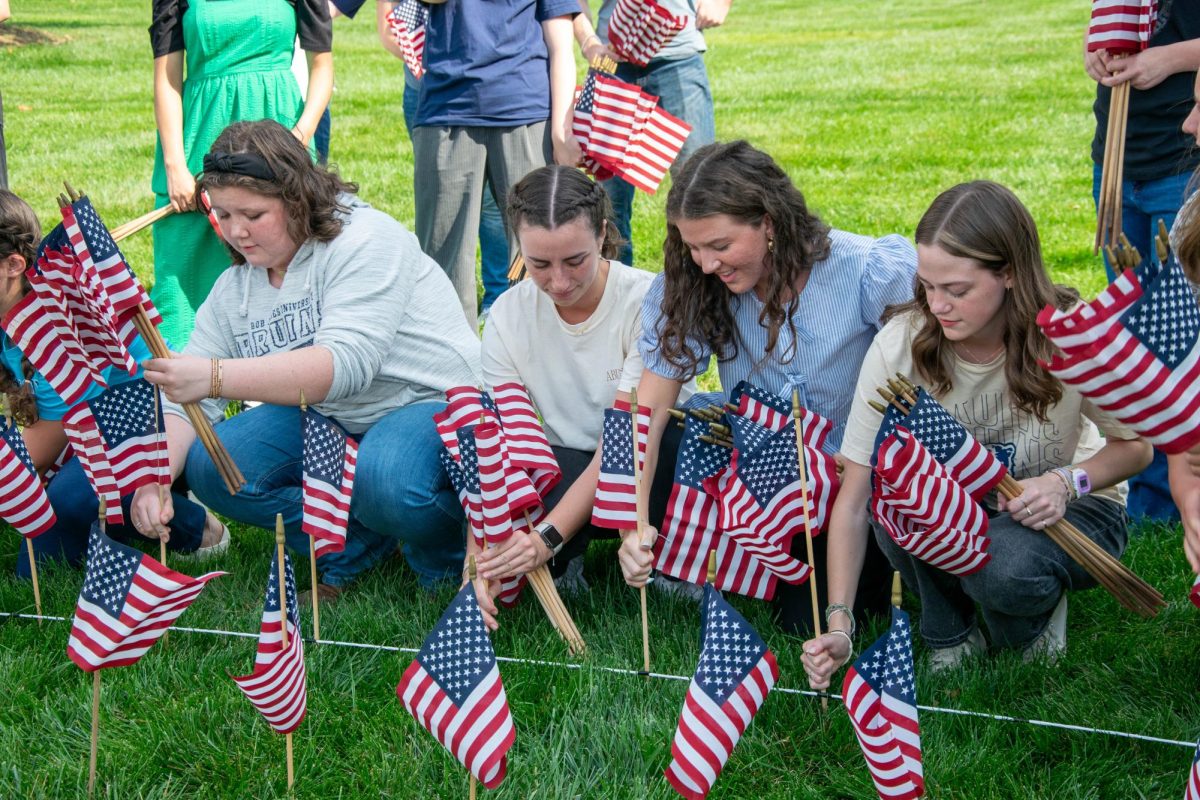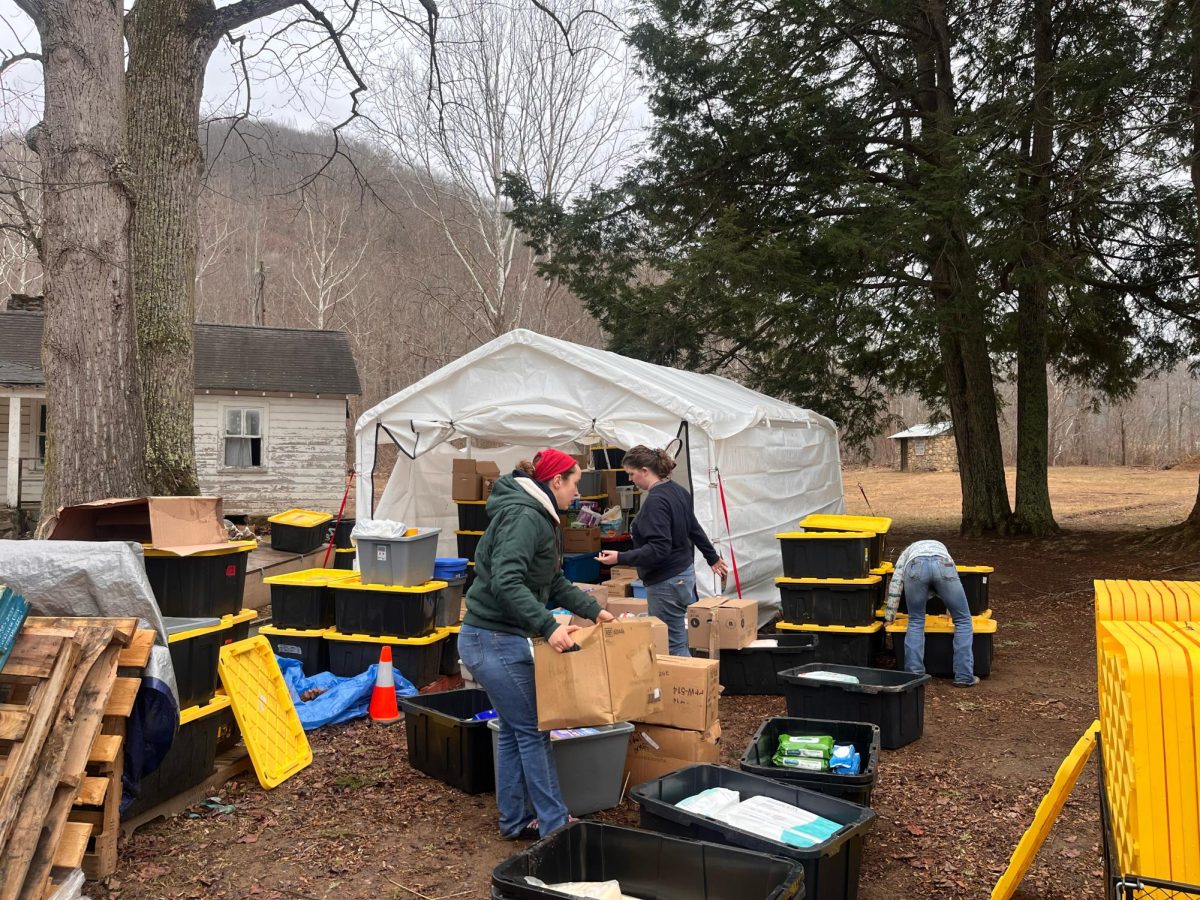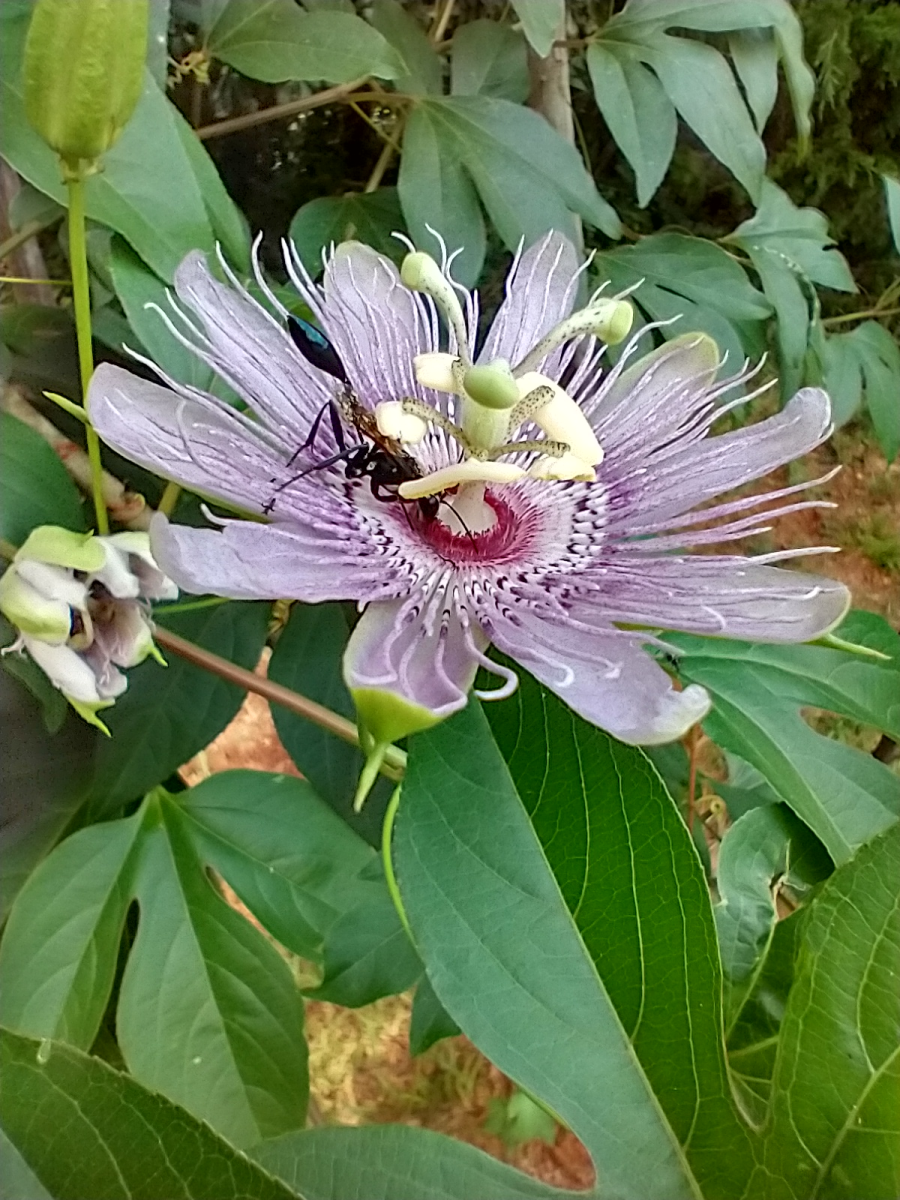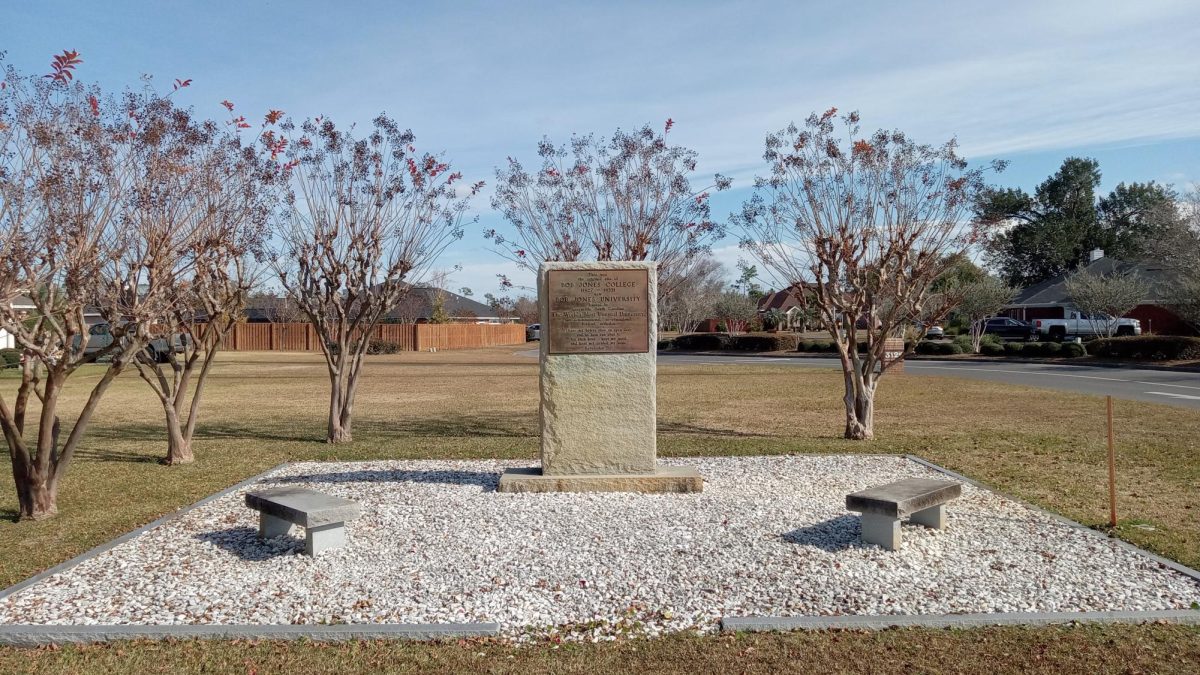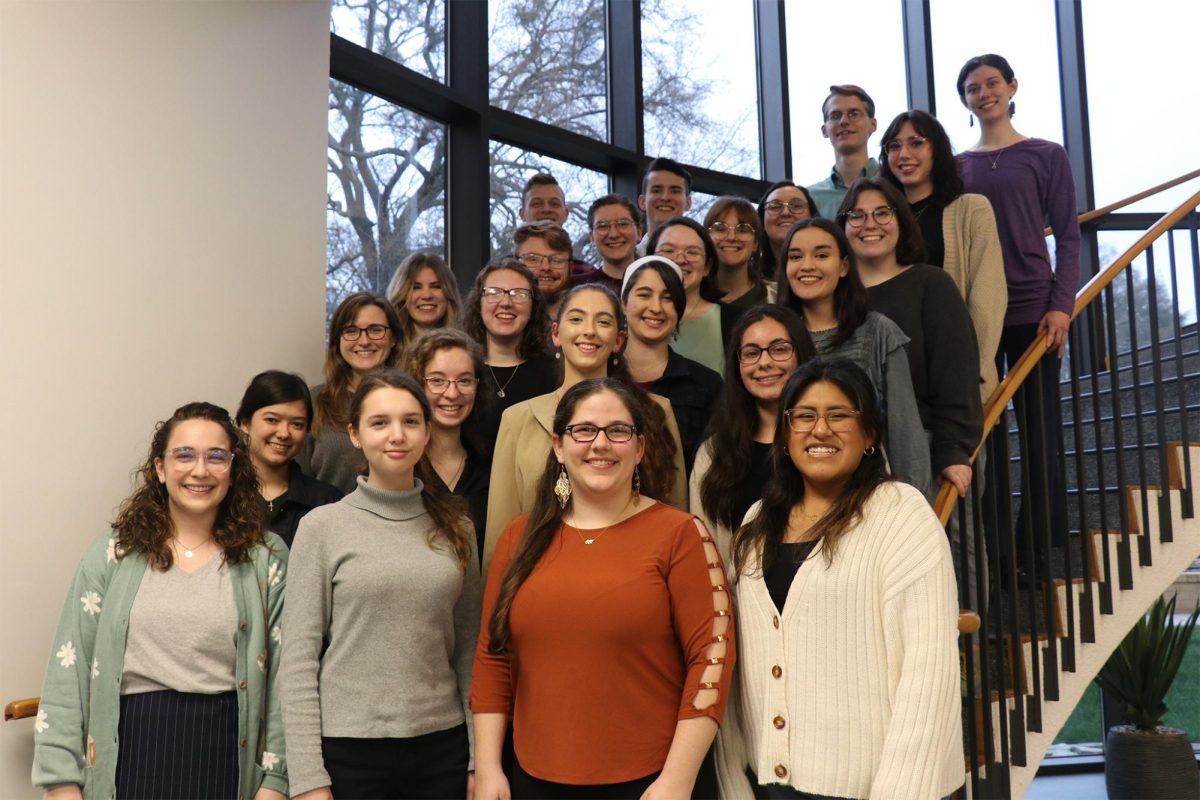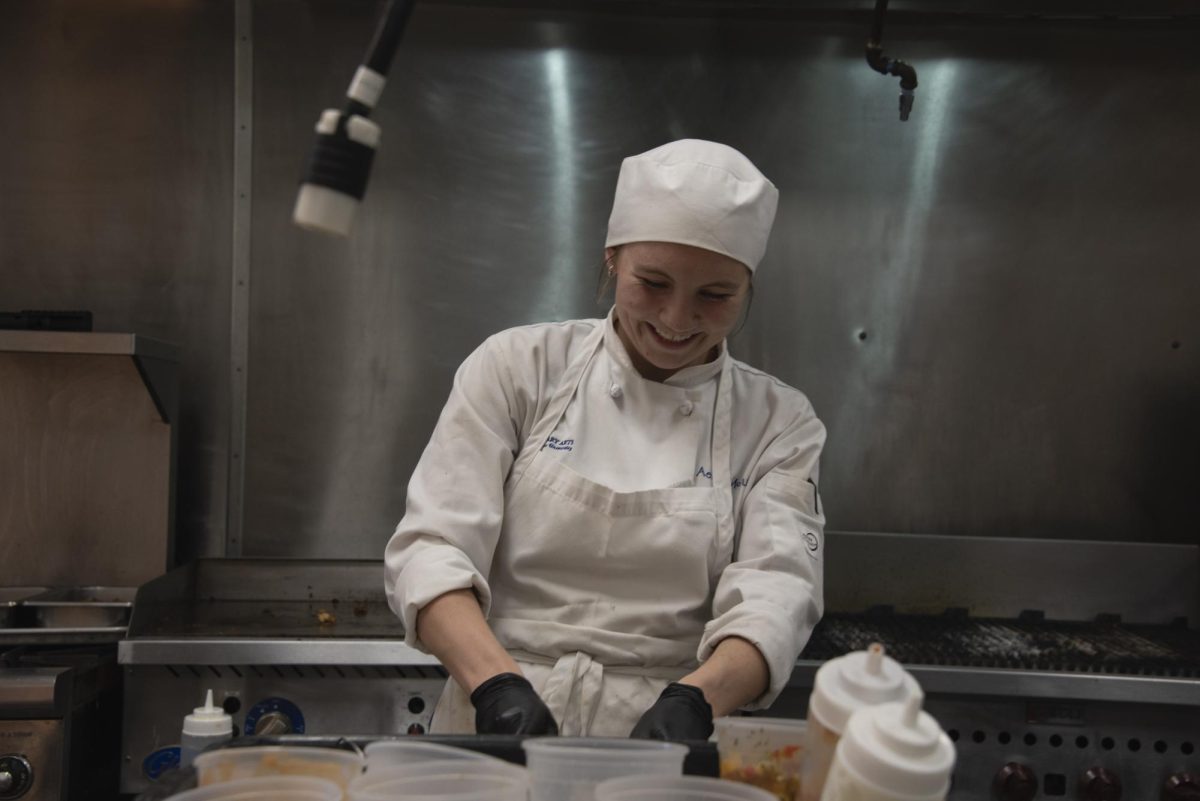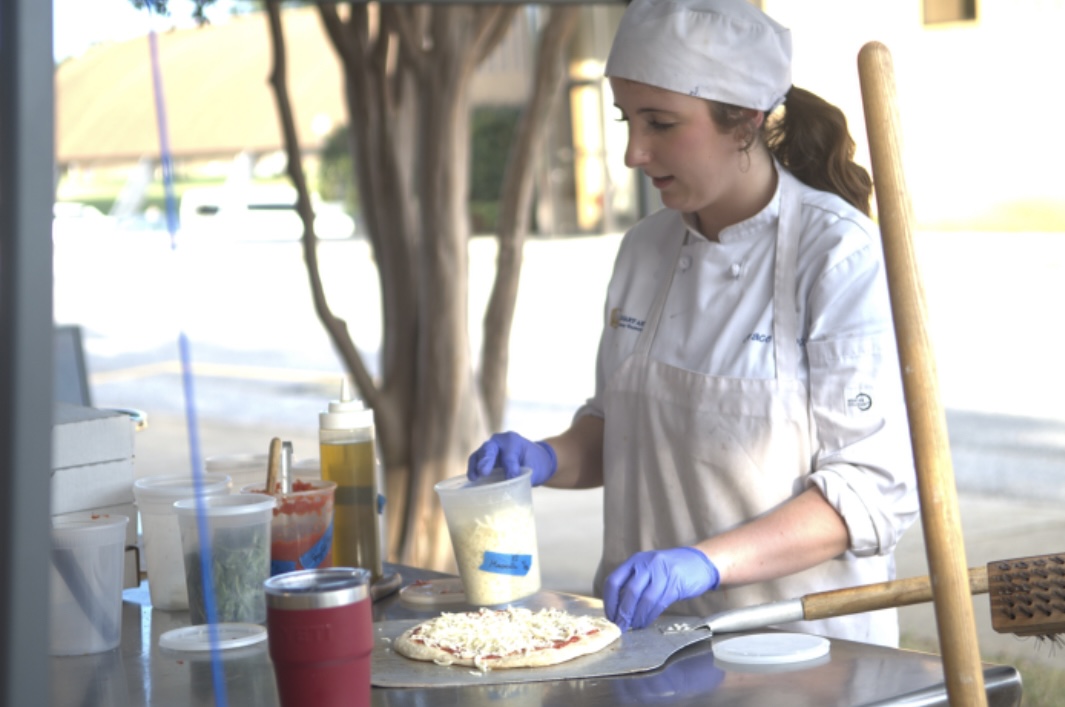A centuries old mystery could finally be unraveled on the back campus of Bob Jones University.
It seems too hardy and flavorful to be wild. And it has too many potential benefits—medically, agriculturally and culinarily—to be ignored. Passiflora incarnata is commonly known as the purple passion flower, passion fruit or the maypop. At first glance, it seems like just a pretty flower that grows from a plain-looking vine. But, as the biology majors of BJU know, there is more than meets the eye to this plant.
“The passion flower project began as an idea in Spring 2024,” wrote Dr. David McKinney, a professor at BJU’s Department of Biology. A biology student asked McKinney an insightful question – why is the purple passion flower, a plant with cultivation potential, not commercially cultivated? McKinney wasn’t sure, but the student’s question prompted him to start a search for answers.
“In the process I learned that there are more questions then answers about a plant that has been grown, perhaps even cultivated, in North America for over five hundred [years],” he wrote.
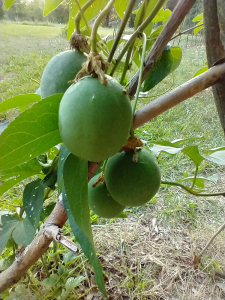
McKinney believes that the purple passion flower was likely cultivated by Native Americans. The flower “has a long history in relationship with man,” he wrote. Not only is the fruit of the passion flower often described as sweet, the plant itself is hardy and can survive periods of drought—potentially indicating the species is cultivated.
“Captain John Smith recorded in 1612 that the Indians collected passion fruit in substantial quantities from the edges of their fields,” McKinney said, referencing an established relationship between the plant and Native Americans.
The biology department plans to investigate potential medicinal properties of the plant.
“Medicinally, the plant seems to have anti-anxiety and anti-depression properties,” McKinney wrote. “There is emerging evidence that it may have anti-cancer compounds as well.” Such properties enhance the possibilities for the passion flower to be marketed agriculturally.
The flowers themselves will be grown on an arbor made up of large metal arches. The plants are sprouting in the nearby campus greenhouse and will transfer to the arbor over the summer.
These preliminary steps are only the start of a project that Dr. McKinney plans to run over multiple years.
“In the long run the passion flower arbor itself will serve as campus beautification, a source of plant that is easy to work with for student labs and learning, and potentially a teaching tool more broadly,” he wrote.
Students are invited to visit the passion flower arbor, and perhaps even have a seat under the arch of flowers, once the plants have grown over the course of this summer. The arbor is located back campus, next to the greenhouse by Omega Lake.
Any readers who find native passion fruit are encouraged to bring specimens to Dr. McKinney’s office, Sci 122, in the science building.










